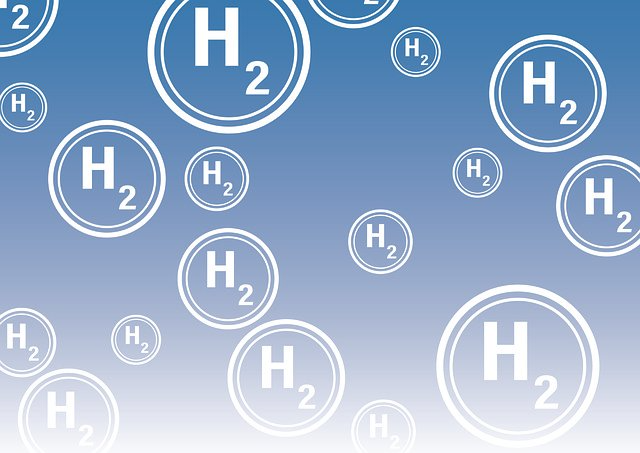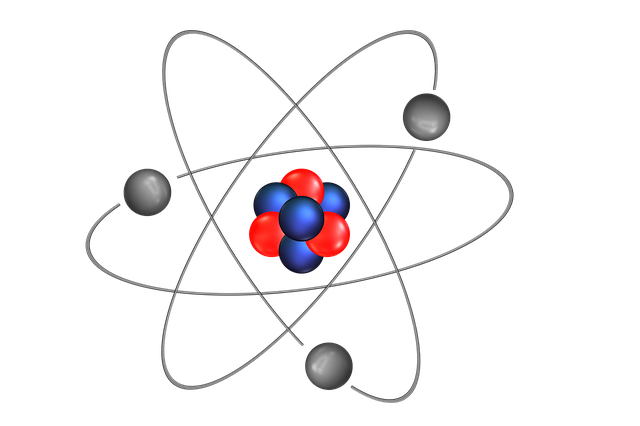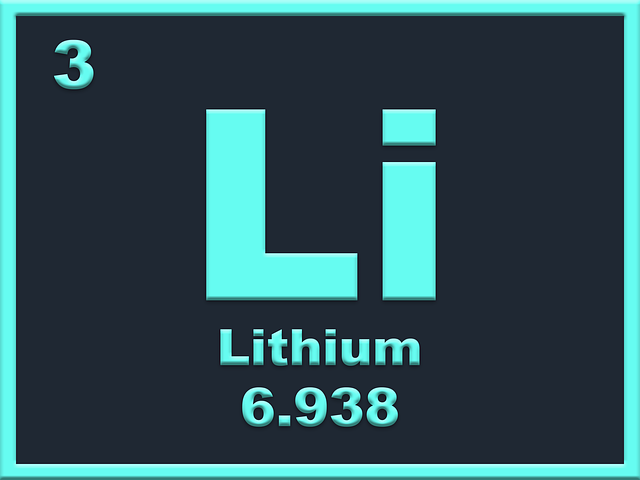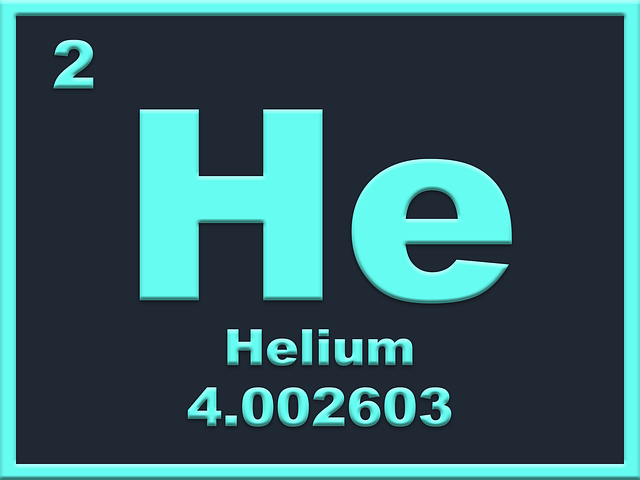Hydrogen is the first element of the periodic table. The atomic number is 1. It is represented with the symbol H. It is in the first period and S- block element. It has an electronic configuration 1s1. It has one electron in its shell or orbit and one proton in its nucleus. It has three naturally occurring isotopes. Protium, Deuterium, and Tritium. Protium has zero and Deuterium has one while Tritium has two neutrons. The average atomic mass of hydrogen is 1.008 Dalton. It has an electronegativity of about 2.2. And you will need 1312.0 kJ/mol energy (ionization energy) to remove its electron. It has an oxidation number -1, +1. It was discovered by Henery cavendish in 1766.
How to make hydrogen peroxide?
1. Industrial Method:
Industrially Hydrogen peroxide can be produced through the Anthraquinone process. 2-alky-anthraquinone is hydrogenated in the presence of palladium which producing Anthrahydroquinone. The catalyst Palladium is filtered and removed from the solution. The Anthrahydroquinone solution is then oxidized by blowing air through the solution making H2O2. The hydrogen peroxide is removed through a liquid-liquid extraction column and concentrated by vacuum distillation.
1. Hydrogenation:
Q + H2 ....> H2Q
2. Filtration:
3. oxidation:
H2Q +O2.....> H2O2 + Q
4. Extraction:
Extraction of H2O2 through liquid-liquid extraction and concentrated through Vaccum distillation.
2. Laboratory method:
Barium peroxide is reacted with sulfuric acid which produces water, Barium sulphate and Hydrogen peroxide. Hydrogen peroxide is removed through extraction and distillation.
BaO2.8H2O(s) + H2SO4(aq) → BaSO4(s) + H2O2(aq) + 8H2O(l)
3. Electrolysis:
It can also be produced through the electrolysis of 30% ice-cold sulfuric acid.
2HSO–4(aq) [Electrolysis] → HO3SOOSO3H(aq) [Hydrolysis] → 2HSO–4(aq)+2H+(aq)+H2O2(aq).





